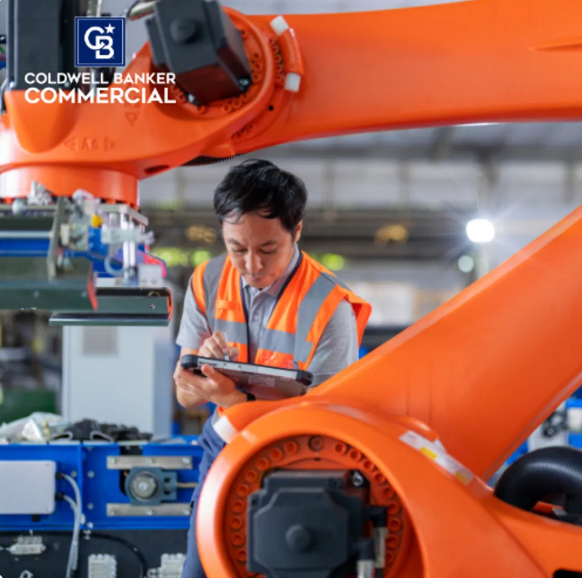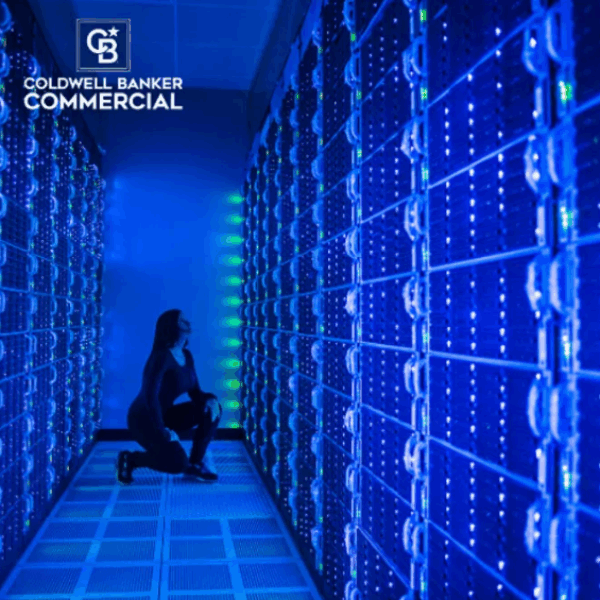A new wave of industrial demand is redefining the asset class.
Automation, nearshoring, and tech-first occupiers are turning warehouses into essential, future-ready logistics hubs—and developers are moving fast to keep up.
Why Industrial Is Surging
Occupiers now prioritize speed, resilience, and next-gen infrastructure. Third-party logistic(3PLs) are projected to drive ~35% of leasing activity in 2025, fueled by e-commerce, omnichannel logistics, and just-in-time delivery. While reshoring faces challenges like higher labor costs and skilled labor shortages, automation is bridging the gap—keeping U.S.-based facilities competitive on throughput and efficiency.
The warehouse automation market is projected to grow 8–10% annually through 2026 and accelerate further beyond 2027. AI, robotics, and data-driven workflows are reshaping expectations and setting new standards for industrial facility performance.
AI and Robotics Reshape Operations
“Dark warehouses”—fully automated fulfillment centers—are becoming a reality. These facilities use AI forecasting, robotic picking, real-time inventory tracking, and predictive maintenance to reduce labor costs by up to 30% while increasing speed and reliability. E-commerce platforms and 3PLs are now prioritizing sites that support this level of tech enablement from the start.
Nearshoring Fuels Market Demand
Manufacturers are shifting production closer to North American markets to reduce exposure to global supply chain disruptions. Monterrey, Mexico, has already attracted $2.5 billion in new industrial investment from automotive and electronics firms leveraging proximity to Texas. U.S. logistics corridors like I-35 and southern metros are emerging as strategic hubs for cross-border trade and rapid delivery networks.
Data Drives Smarter Facilities
Developers are deploying advanced analytics to inform site selection, layout, power requirements, and energy resilience. One high-profile example: LG Energy Solution’s $5.5B battery plant in Arizona—a data-driven facility built to optimize clean energy logistics while delivering 4,000 tech-forward jobs to the region. This signals a shift in how industrial anchors can drive regional economic growth.
How CRE Can Lead
To stay competitive, developers must design for automation by building high-clearance, power-optimized warehouses that can accommodate robotics, autonomous vehicles, and 24/7 operations. Investing in strategic trade hubs is also key—targeting nearshoring markets like Monterrey, southern U.S. metros, and logistics corridors where demand for modern space is surging. Equally important is forming the right partnerships.
Collaborating with automation firms, logistics providers, and industrial tech platforms can help future-proof assets, accelerate delivery timelines, and drive lease-up velocity.
If the industrial space of the past was about square footage, today’s is about capability, speed, and adaptability. CRE developers and investors should act now: identify automation-ready sites, build with tomorrow’s infrastructure in mind, and lead the next decade of industrial growth.








